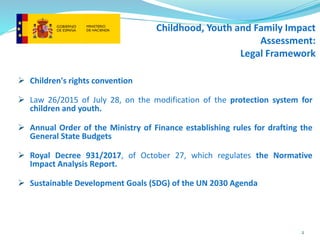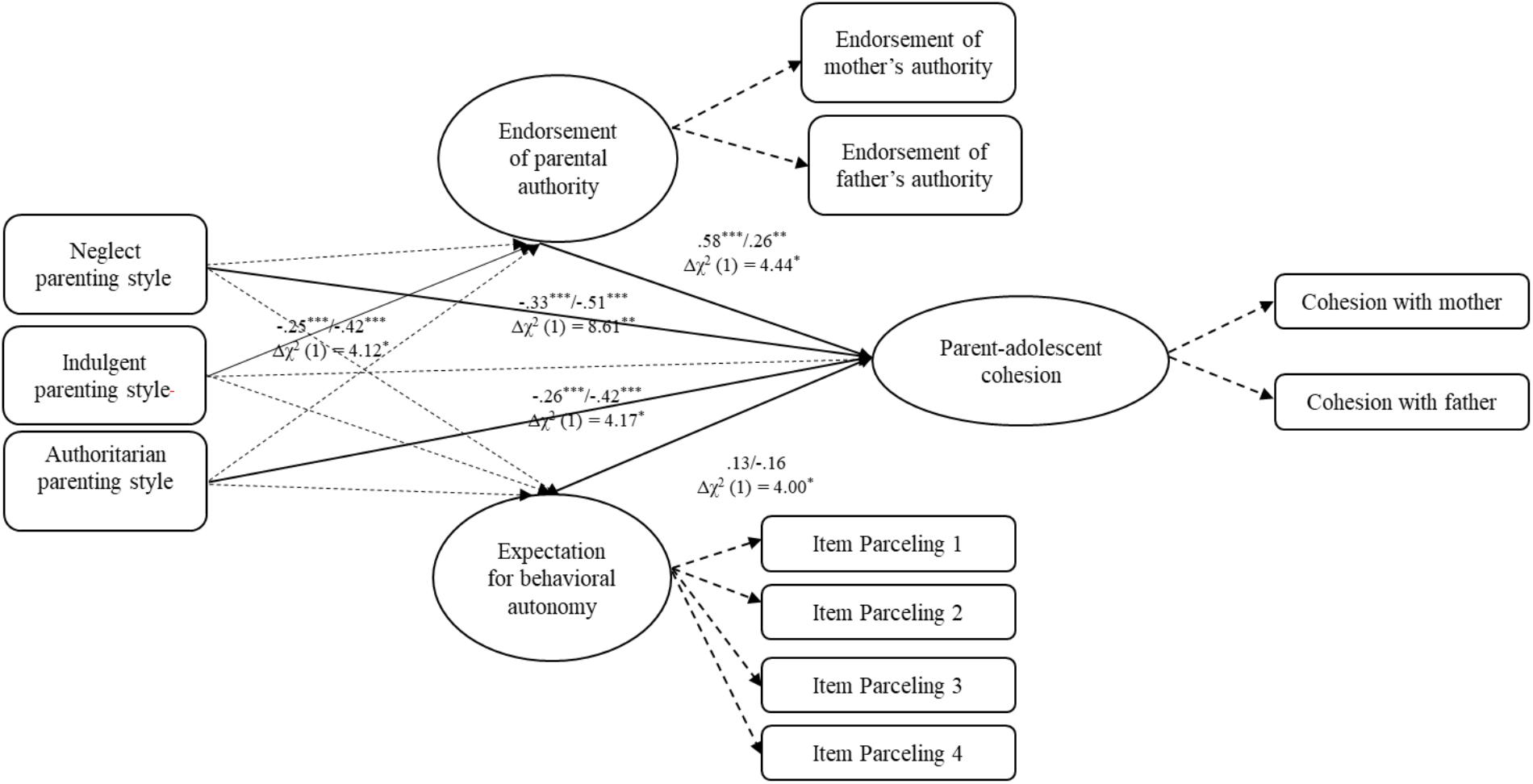
Sustainable Family Budgeting: Navigating Finances for the Future
Creating a sustainable family budget is essential for long-term financial health. In this guide, we’ll explore practical strategies and principles to help families navigate their finances wisely, promoting sustainability and stability.
Understanding Sustainable Family Budgeting
Sustainable family budgeting goes beyond short-term financial management; it involves creating a plan that can withstand the test of time. It’s about making financial decisions that not only meet immediate needs but also contribute to the family’s long-term well-being.
Assessing Income and Expenses
The first step in sustainable family budgeting is to assess your income and expenses thoroughly. Take stock of all sources of income, including regular salaries, side hustles, or investment returns. Similarly, identify and categorize all expenses, distinguishing between fixed and variable costs.
Prioritizing Needs Over Wants
Sustainable budgeting requires prioritizing needs over wants. While it’s natural to desire certain luxuries, focusing on essential needs ensures that your family’s basic requirements are consistently met. This principle helps allocate resources more efficiently, promoting financial sustainability.
Building an Emergency Fund
One of the pillars of sustainable family budgeting is the establishment of an emergency fund. This fund acts as a financial safety net, providing a buffer against unexpected expenses or emergencies. Aim to save at least three to six months’ worth of living expenses in this fund.
Embracing Eco-Friendly and Cost-Efficient Practices
Sustainable family budgeting extends to embracing eco-friendly and cost-efficient practices. Consider energy-saving measures, such as using energy-efficient appliances or reducing water consumption. These practices not only contribute to a healthier environment but also lead to long-term cost savings.
Investing in Energy-Efficient Appliances and Technology
While it may involve an upfront cost, investing in energy-efficient appliances and technology can result in substantial savings over time. These investments contribute to sustainable family budgeting by reducing utility bills and minimizing the environmental impact.
Exploring Sustainable Transportation Options
Transportation costs can significantly impact a family budget. Explore sustainable transportation options, such as carpooling, using public transportation, or investing in fuel-efficient vehicles. These choices not only save money but also contribute to a more sustainable lifestyle.
Strategic Meal Planning and Waste Reduction
Another aspect of sustainable family budgeting involves strategic meal planning and waste reduction. Plan meals ahead, use leftovers creatively, and minimize food waste. These practices not only save money on groceries but also align with environmentally conscious living.
Incorporating Sustainable Financial Habits
Developing sustainable financial habits is crucial for long-term budgeting success. This includes regularly reviewing and adjusting the budget, setting realistic financial goals, and fostering open communication about money matters within the family.
Investing in Financial Education
Promoting financial literacy within the family is an investment in sustainable budgeting. Encourage family members to enhance their financial knowledge through books, workshops, or online resources. A well-informed family is better equipped to make wise financial decisions.
Explore More at Sustainable Family Budgeting
For additional resources and insights on sustainable family budgeting, visit firstbasegloves.net. Discover tools and tips to support your family’s journey towards financial sustainability and stability.
In conclusion, sustainable family budgeting is about creating a financial plan that endures and adapts to the evolving needs of the family. By prioritizing needs, building a robust emergency fund, embracing eco-friendly practices, and investing in financial education, families can navigate their finances sustainably for a secure future.



